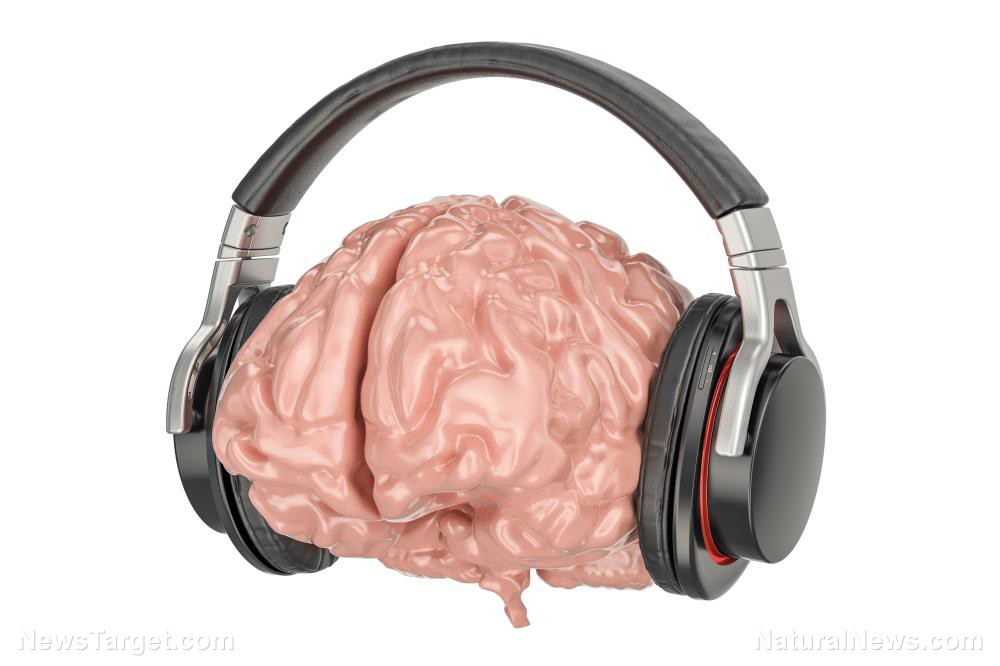Our sense of smell is influenced by the emotions of others
12/10/2018 / By Ralph Flores

It turns out, people take cues from others to determine whether something smells good or bad, according to neuropsychologists from the Ruhr-Universität Bochum in Germany. In their study, which appeared in the journal Scientific Reports, the team looked at how the facial expression of others can influence how a person perceives an odor. According to the researchers, this effect is from the area of the brain related to smell, which is activated before it can even distinguish scents.
“When we see someone that makes a face because a bad smell stings his nose, the same [odor] appears to be unpleasant for us as well,” explained Dr. Patrick Schulze, one of the authors of the study.
A total of 17 healthy individuals between 18 to 28 years old took part in the study. For the experiment, participants were made to look at a picture of a person with either a happy, neutral or disgusted facial expression. The researchers then asked them to rate different types of odors, which ranged from raw meat to mint, among others.
The researchers found that the facial expression depicted in the picture had an effect on the way the participants perceived the odors. In particular, if a happy face came before a smell, its valence was rated higher. However, those that were preceded by a disgusted face had a lower score. The only exception to this was the smell of feces, which had a low valence despite following a positive facial expression.
According to the researchers, the results meant that a part of the brain is activated upon seeing visual information — even before physical contact or odor pairing. This region, which the authors noted as the piriform complex, takes this information and creates an expectation of how something will smell. This behavior affects how a person experiences it. Based on data from functional magnetic resonance imaging, the cells of the piriform complex become active even before the scent was released into the air. The study was a different take on how this test was done, as previous studies had presented the pictures and odors at the same time.
“Only now that we analyzed the interaction of olfactory and visual information in a timely separated manner, we were able to see that the piriform cortex is activated before we smell something,” added co-writer Boris Suchan.
The team is looking to develop the study further, preferably, investigating how the piriform cortex affects body perception. (Related: Humans’ sense of smell is actually just as strong as dogs, but people dull their senses with carcinogenic artificial fragrance.)
Not just for smelling the roses
Humans’ sense of smell is quite efficient, contrary to what many may believe. According to a study published in Science, experts suggested that the human nose is able to distinguish at least 1 trillion different scents, with each of them unique from each other.
However, aside from smelling the roses, the nose has other equally important functions:
- Breathing — The nose is primarily responsible for air flowing in and out of the body. In particular, the oxygen that the body receives through the nose is used by the body, and the carbon dioxide produced as a byproduct is expelled in the same manner.
- Cleaning — Inside the nostrils are many small hairs that prevent dirt and other potentially harmful particles from entering the lungs. This is then removed from the body by sneezing and blowing the nose.
Learn more about the nose and its many functions at Health.news.
Sources include:
Tagged Under: facial reaction, mind body science, odor perception, olfactory information, piriform complex, research, respiratory health, sense of smell, smell



















